-
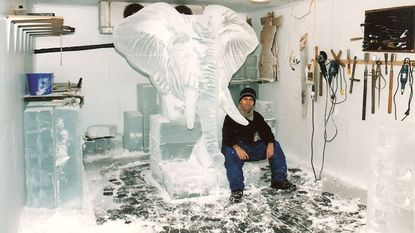
‘Someone wanted a two metre block of ice with a cardboard cutout of Michael Bublé inside’: Ice sculpting is no chilled gig
By Lotte Brundle
-
-
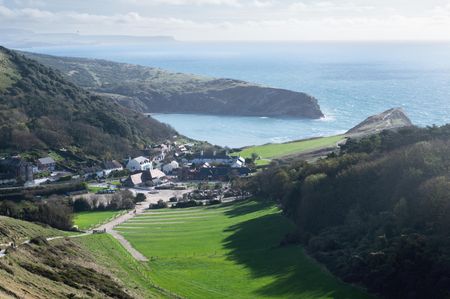
What will happen in the property market in 2026? Britain's top experts share their predictions, and it's good news all round
By Annabel Dixon
-

The exquisite Christmas decorations that spark childhood joy, and the decoration-maker who creates them
By Jane Wheatley
-
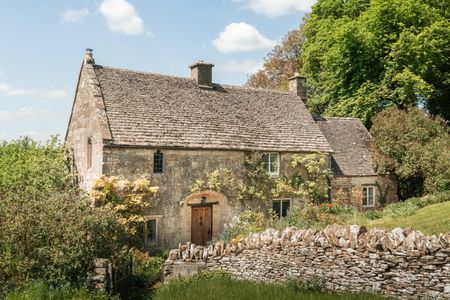
A Cotswolds cottage so perfect it's the stuff of movie fantasy — with a Hollywood A-list asking price to match
By Toby Keel
-

How well do you know your poisonous plants? It's the Country Life Quiz of the Day, December 18, 2025
By Country Life
-
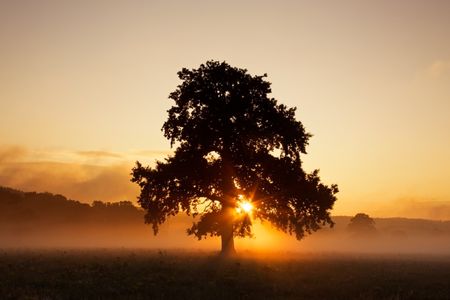
When is it ok to fell a centuries-old oak tree?
By Katharine Freeland
-

Giles Kime: Cushions, rugs, upholstered stools and sofa blankets are the ingredients of a pleasing new trend
By Giles Kime
-
Exquisite houses, the beauty of Nature, and how to get the most from your life, straight to your inbox.
People & Places
-
-

I was Jeremy Hunt’s main political adviser and helped put together multiple Autumn Statements and Budgets. This is what I think Rachel Reeves’s Budget means for the countryside
-

What on earth is the person who comes up with Annabels's otherworldly facade displays on? London's most magical Christmas shop displays
-

Who buys flowers in the middle of the night? Boris Johnson, panicked brides, drunk people and London’s wealthiest inhabitants
-

All fired up: 12 of our favourite chimneys, from grand architectural statements to modest brick stacks, as seen in Country Life
-
Property
View all Property-
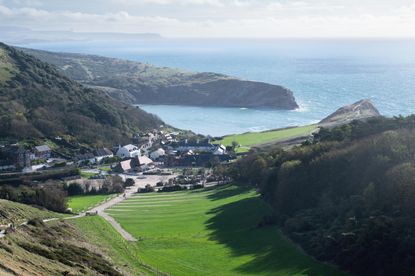
What will happen in the property market in 2026? Britain's top experts share their predictions, and it's good news all round
By Annabel Dixon
-
-

A Cotswolds cottage so perfect it's the stuff of movie fantasy — with a Hollywood A-list asking price to match
By Toby Keel
-

Spectacular Scottish castles and estates for sale
By Toby Keel
-
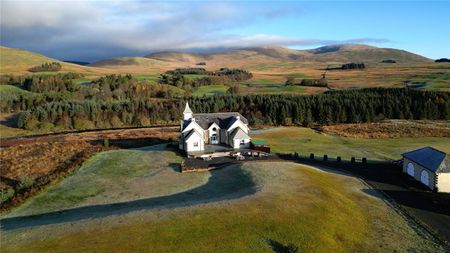
Best country houses for sale this week
By Country Life
-

An immaculate Georgian rectory where the halls really have been decked in boughs of holly
By Toby Keel
-

A picture-perfect home in 'the loveliest market town in North Yorkshire'
By Penny Churchill
-

18 beautiful houses for sale, from a home counties dream to a private island with its own castle, as seen in Country Life
By Toby Keel
-
Our expert voices
Interiors
View All Interiors-

Giles Kime: Cushions, rugs, upholstered stools and sofa blankets are the ingredients of a pleasing new trend
By Giles Kime
-
-

John Goodall: Restoration is 'an act of recycling', but we need a system that encourages it
By John Goodall
-

Making space in a Georgian terraced Chelsea cottage
By Arabella Youens
-

Moths and memories of the Russian Revolution: Why it's worth saving that tired old rug
By Catriona Gray
-

How one family went about creating a welcoming kitchen in one of England's neo-Palladian houses
By Arabella Youens
-

How do you make a 300-year-old Baronial castle fit for modern-day living?
By Arabella Youens
-

Oh, my gourd, it’s Hallowe’en: How best to decorate your home with pumpkins, squashes and more
By Debora Robertson
-
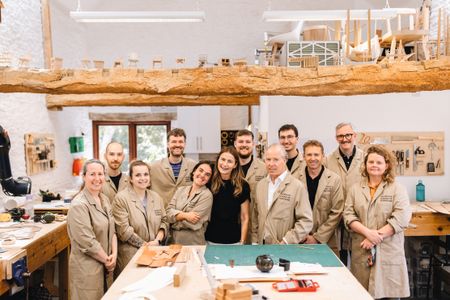
At the Snowdon Summer School, the future of design lies in the traditions of the past
By Giles Kime
-
LIFE & STYLE
View All LIFE & STYLE-
-
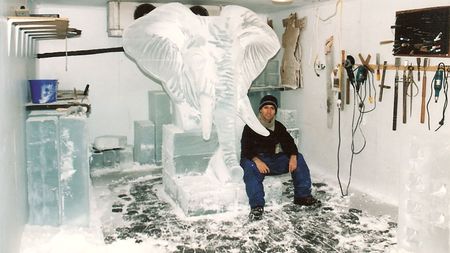
‘Someone wanted a two metre block of ice with a cardboard cutout of Michael Bublé inside’: Ice sculpting is no chilled gig
By Lotte Brundle
-

How posh is your Christmas stocking?
By Sophia Money-Coutts
-

What do a 19th century earl, Coco Chanel and Harry Styles have in common? A love of cardigans, of course
By Amie Elizabeth White
-

‘I gave her full access to our archives. We never offer that’: The historic Tiffany jewellery that gave life to Guillermo del Toro’s Frankenstein
By Felix Bischof
-
COUNTRYSIDE
View All THE COUNTRYSIDE-
-

When is it ok to fell a centuries-old oak tree?
By Katharine Freeland
-

Is December the best month for bird watching? Exploring the underrated avian delights of a British winter
By Country Life
-
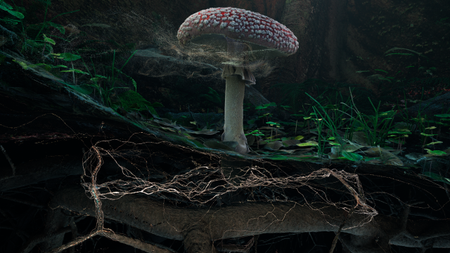
'A teaspoon of living soil contains more creatures than there are people in existence': Unearthing the dirt's vital role in our future on World Soil Day
By Sarah Langford
-
Gardens
View All Gardens-

The plants to give for Christmas which will keep flowering for years
By Jane Wheatley
-
-

How to create spectacular arrangements for your Christmas table
By Amy Merrick
-

There are a billion microbes in a teaspoon of soil. Leaving the leaves to Nature feeds and nourishes them
By Isabel Bannerman
-
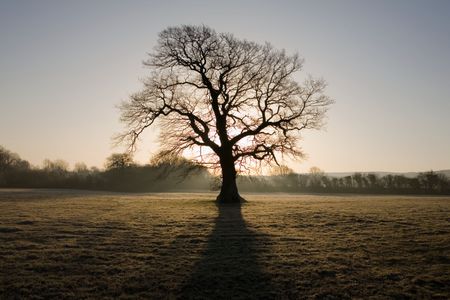
What trees taught me about perfect planting — Alan Titchmarsh
By Alan Titchmarsh
-
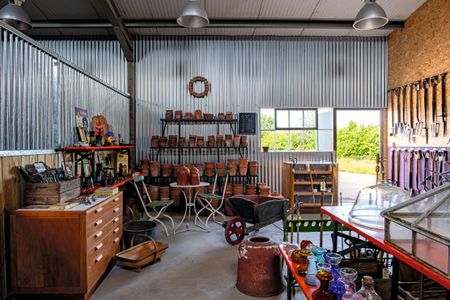
When it comes to making the perfect garden tool, the past has all the answers
By Mary Keen
-
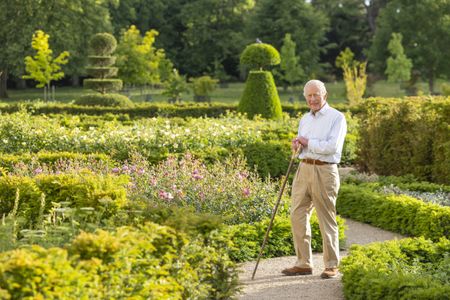
Exclusive: The King's remarkable resurrection of the gardens and parkland at Sandringham
By Charles Quest-Ritson
-
ART & CULTURE
View all ART & CULTURE-
-

The exquisite Christmas decorations that spark childhood joy, and the decoration-maker who creates them
By Jane Wheatley
-
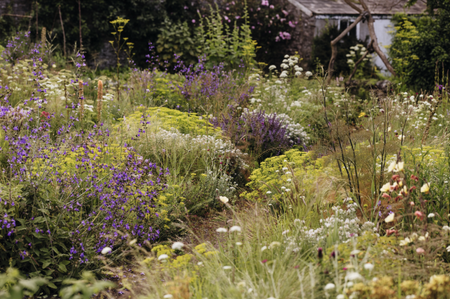
A gift for every interest — and every deadline: The best coffee-table books to give at Christmas
By Amie Elizabeth White
-

Has the secret of Vermeer’s most enigmatic masterpiece finally been revealed? A British art historian’s controversial claim to have uncovered the true identity of 'Girl with a Pearl Earring'
By Carla Passino
-
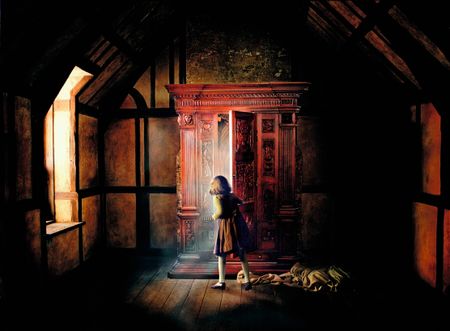
'Real children like it… I think it frightens some adults, but very few children': 75 years of The Chronicles of Narnia
By Matthew Dennison
-
Travel
View All Travel-

What is everyone talking about this week: Would you move to Dubai?
By Will Hosie
-
-

'The ugliness and craziness is a part of its charm': The Country Life guide to Bangkok
By Luke Abrahams
-

The Surrey hotel review: The new kid on New York's Upper East Side
By Rosie Paterson
-

Whodunnit? Le Bristol hotel in Paris already has a resident Birman cat — now it has its own Cluedo game too
By Rosie Paterson
-
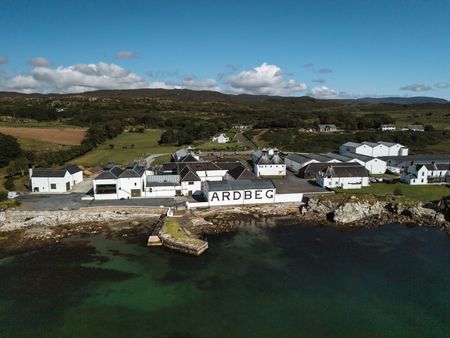
Ardbeg House review: Concept design is a tricky business, but this Scottish whisky distillery-turned-hotel proves that it can be done to great effect
By Steven King
-

'The night smells like engine oil… and money': Singapore’s glittering night race paved the way for a new era of city-centre Grands Prix
By Natasha Bird
-
Food & Drink
View All Food & Drink-
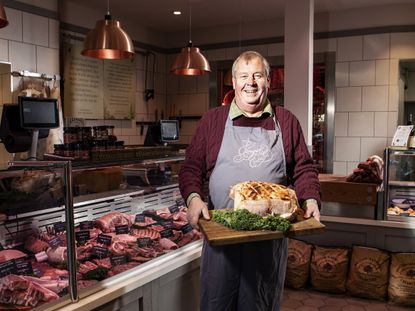
Tim Wilson of The Ginger Pig on the perfect Christmas ham
By Jane Wheatley
-
-

East London's salmon smokehouse is full of secrets
By Tom Howells
-
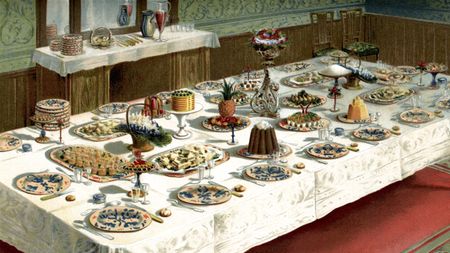
Four festive recipes from the Country Life Archive that have (thankfully) fallen out of favour
By Melanie Bryan
-

Country Life's luxury editor's Christmas gift ideas for foodies, from traditional hampers to nifty kitchen gadgets
By Amie Elizabeth White
-

‘Calf’s brains have a bland, gentle richness that soothes and cossets': Tom Parker Bowles on the joys of eating offal
By Tom Parker Bowles
-

A paprika-spiked goulash recipe to keep you warm as the nights draw in
By Tom Parker Bowles
-
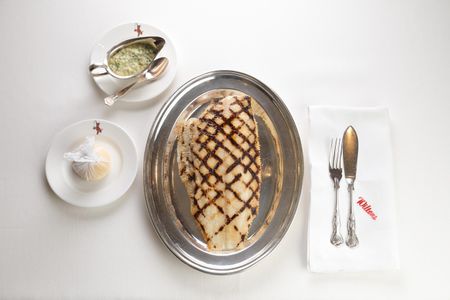
What is everyone talking about this week: Is the Golden Age of fine dining over?
By Will Hosie
-







